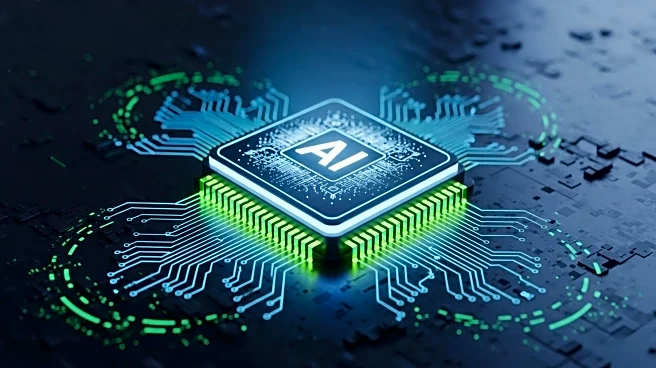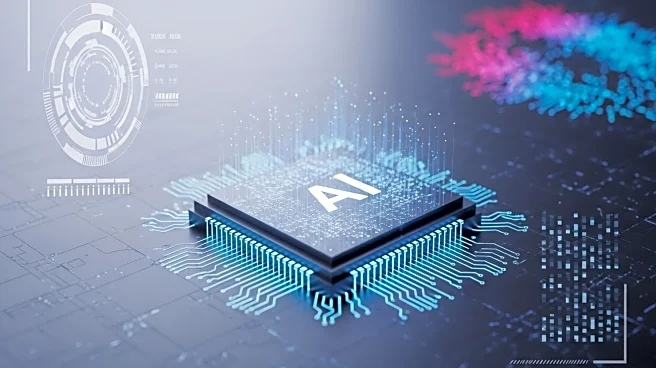Rapid Read • 7 min read
Nvidia's automotive division reported a significant 69% increase in revenue, reaching $586 million in the fiscal 2026 second quarter. This growth is primarily attributed to the company's self-driving technology solutions. Nvidia has started shipping its DRIVE AGX Thor system on chip, which is the successor to its Orin self-driving platform. The new chip is part of Nvidia's full-stack solutions, combining hardware and software to enhance advanced driver-assistance features in vehicles. Major automakers like Toyota, Mercedes-Benz, and Volvo are already utilizing Nvidia's self-driving technology.
AD
The growth in Nvidia's automotive segment underscores the increasing demand for self-driving technology, which is a key component of the broader AI and autonomous vehicle industry. This development is significant for the automotive industry as it transitions towards higher levels of vehicle autonomy. Nvidia's advancements could lead to improved vehicle safety and open new revenue streams, potentially impacting the market dynamics and competitive landscape. Companies investing in AI and autonomous technologies stand to benefit from these innovations, while traditional automakers may face pressure to adapt.
Nvidia's continued focus on self-driving technology and AI could lead to further partnerships with major automakers and tech companies. The company's DRIVE AGX Thor chip is expected to power more advanced autonomous features, potentially accelerating the adoption of self-driving vehicles. As Nvidia expands its offerings, it may influence regulatory discussions and public policy related to autonomous driving. The company's success could also prompt competitors to enhance their own self-driving solutions, fostering innovation in the industry.
Nvidia's advancements in self-driving technology highlight the ethical and legal challenges associated with autonomous vehicles. As these technologies become more prevalent, questions about liability, data privacy, and safety standards will need to be addressed. The integration of AI in vehicles also raises concerns about job displacement in the transportation sector, necessitating discussions on workforce adaptation and retraining.
AD
More Stories You Might Enjoy











